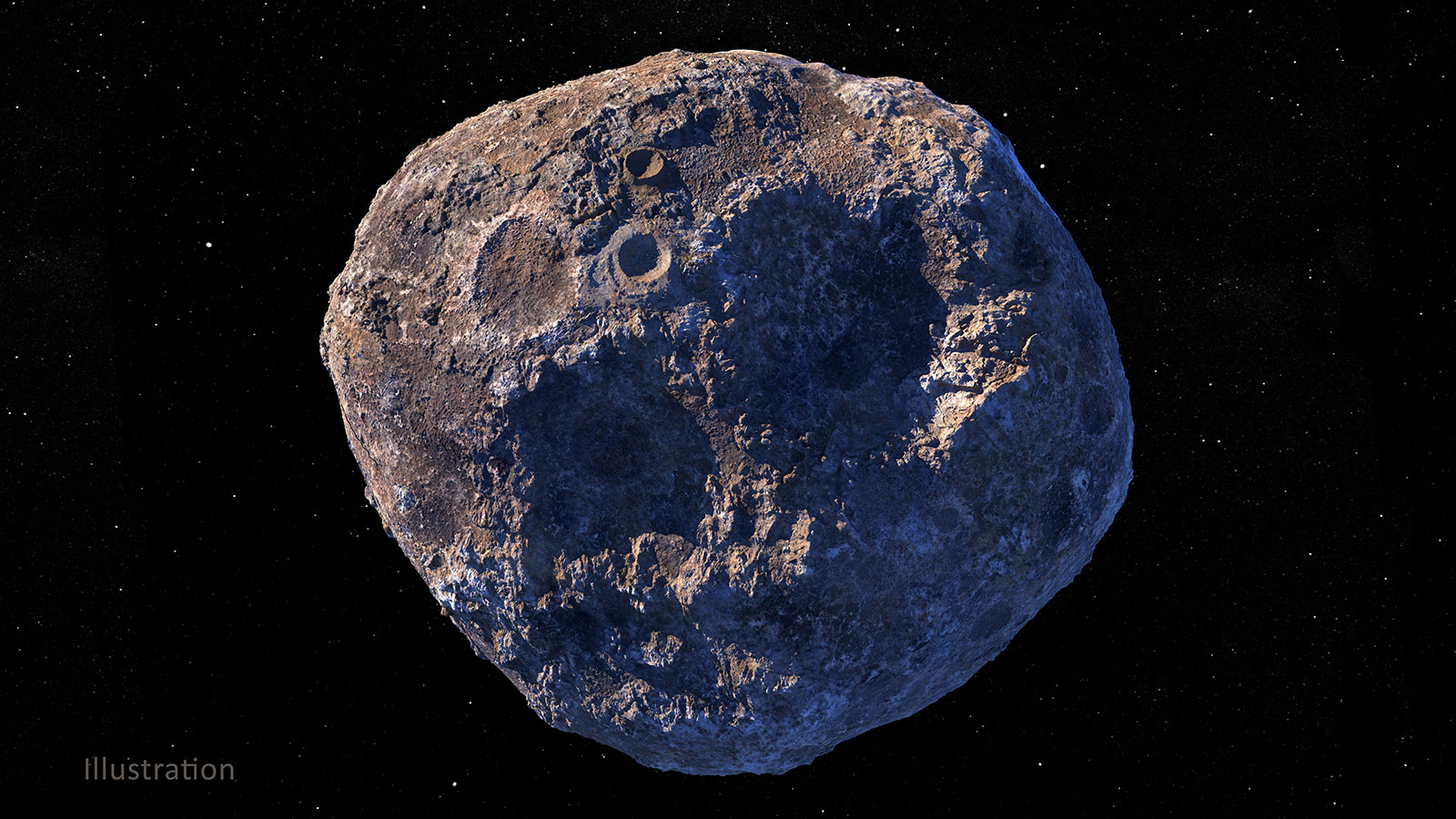The fascination with asteroids, particularly regarding the risk they pose to Earth, has burgeoned over the decades, capturing the collective imagination of scientists, policymakers, and the general populace alike. This interest is demonstrably palpable in contemporary discourse, especially following the advances in astronomical observations that allow a greater understanding of near-Earth objects (NEOs). However, the question that persistently arises is whether the alarm concerning asteroid threats is perhaps overblown. An analysis of this topic illuminates not only the scientific rationale but also the psychological underpinnings of our captivation with space rocks from beyond.
Asteroids are remnants of the primordial solar system, remnants that offer profound insights into its formation and evolution. These celestial bodies, typically composed of rock and metal, orbit the Sun and are widely distributed within the solar system. A subset of these objects, primarily those whose orbits bring them into proximity with Earth, are classified as NEOs. Their study has galvanized significant public attention, spurred by high-profile scientific missions and continuing advancements in observational technology.
The risk associated with asteroids has often been dramatized in media representations, where they are portrayed as existential threats capable of decimating life on Earth. Catastrophic events such as the Cretaceous-Paleogene extinction, attributed to an asteroid impact, underscore the potential for significant destruction. This historical context, coupled with modern cinematic depictions of impending asteroid collisions, cultivates an atmosphere of fear around these celestial bodies. Yet, a rational examination of the actual risk reveals a more nuanced narrative.
Statistically speaking, the probability of a catastrophic asteroid impact is exceedingly low. The vast majority of NEOs are small, and even larger ones tend to have orbits that do not intersect with Earth. According to various assessments conducted by space agencies around the globe, such as NASA and the European Space Agency, the likelihood of being struck by a significant asteroid over the course of human history is approximately 1 in several million. Consequently, while the risks cannot be categorically dismissed, they are often amplified by sensationalist discourse.
Further complicating this narrative is the phenomenon of cognitive bias. Humans are predisposed to overestimate the likelihood of rare but catastrophic events, a tendency known as “availability heuristic.” When individuals are confronted with vivid imagery of asteroid impacts or narratives of potential doom, they are more likely to internalize these projections as probable outcomes rather than recognizing them as statistically anomalous. This cognitive dissonance juxtaposes the rational analysis carried out by scientists, who often invoke probabilistic models to assess risk.
Moreover, the terminology surrounding asteroids significantly contributes to public perception. The nomenclature of celestial hazards—phrases like “potentially hazardous asteroid” (PHA)—can invoke a sense of imminent danger. Nevertheless, the designation of ‘potentially hazardous’ does not signify a certainty of impact; rather, it indicates that the object has an orbit that brings it close to Earth and warrants monitoring. This nuanced distinction is frequently lost in translations of scientific findings into public narratives, which accelerates public anxiety.
In juxtaposition to the prevalent focus on risk, the exploration of asteroids presents immense scientific opportunities. Missions aimed at sample collection from asteroids, such as NASA’s OSIRIS-REx and Japan’s Hayabusa2, seek to procure materials that could elucidate the primordial conditions of the early solar system. This treasure trove of information can prove invaluable, potentially revealing insights into the genesis of life on Earth and the chemical processes that drove planet formation. Such scientific endeavors emphasize the importance of a balanced perspective on asteroids—viewing them not solely as threats but also as informative celestial laboratories.
It is also pertinent to approach asteroid risk assessments through the lens of planetary defense. While the prospect of redistributing funding or resources from catastrophic risk mitigation toward exploratory initiatives may seem pragmatic, it is critical to maintain a dual-pronged approach. Continued investment in tracking NEOs, coupled with exploratory missions, would furnish scientists not only with data essential for planetary defense but also with knowledge that would aid future explorations beyond our own planet.
In conclusion, the recurring themes of fascination and fear regarding asteroids encapsulate a broader dialogue concerning humanity’s relationship with the cosmos. The asteroids are not simply harbingers of doom; they symbolize our quest for knowledge about our origins and our place in the universe. While the risks associated with these celestial bodies should not be understated, there is a pressing need to recalibrate the narrative surrounding asteroids. By augmenting public knowledge through education and transparent communication about their true nature, we can foster a greater appreciation for these enigmatic remnants of the solar system, steering the conversation from one of fear to one of exploration and scientific inquiry.










